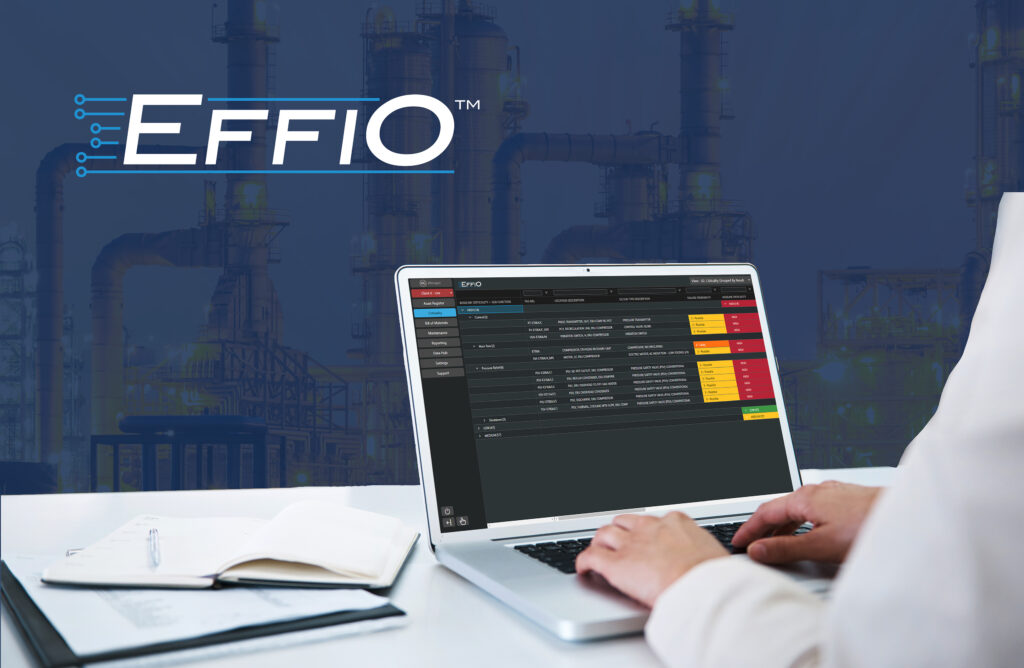Achieving safety integrity assurance and performance excellence through a data-driven maintenance improvement project
A high performing plant is one that is safe, efficient, reliable, and profitable and there are many critical success factors that come into play when it comes to striving for excellence.
The philosophies cascading into the management systems and processes influences all 4 elements of what it takes to be a high performer. Without a meticulously designed and executed CMMS resulting from this, plants are subject to increased risk of equipment failure, loss of production, and excessive maintenance costs – which will directly impact the safety integrity and performance of the plant.
To truly optimise a plant’s maintenance and materials regime and unlock the associated benefits that come with it, it is key to build this regime using reliable, structured, and quality master data. Realising the need to have this in place, ABL were contracted by an international energy company to deliver a global maintenance optimisation project where we were tasked with enriching the CMMS data and optimising the maintenance management regime, and associated spare parts in excess of 1.3 million equipment tags.
The challenge
To assure the right level of preventative and predictive maintenance and inspection, on the right equipment, was being done with the right materials, at the right time – no more, no less. Achieved through:
- Having the means to operate safely, by having complete visibility of what equipment they have, how its classified and risk ranked, how and when it should be maintained, and the materials that are required to do this
- Applying best-in-class maintenance strategies at an optimum frequency to mitigate failure, reduce risk and optimise cost
- Consolidating the client’s approach to maintenance and integrity management by migrating into one standardised global CMMS solution
What we did
The ABL team was contracted to deliver the review, enrichment, and optimisation of their global approach to maintenance and integrity management. This included:
- Equipment identification: to ensure all equipment that requires maintenance was in the CMMS, by establishing and implementing the data standard
- Equipment classification and criticality: to ascertain how critical the equipment’s function is to the asset’s production and safety integrity, to determine the optimal maintenance requirements
- Equipment strategies: utilising an FMECA based approach and discovering existing pockets of maintenance excellence to apply learnings across assets, ensuring the optimum level of maintenance is assigned to equipment whether that be assurance, preventative, predictive, or contingency
- Equipment task lists: providing high-quality task lists, and a consistent approach to how maintenance is performed by the maintenance team
- Equipment materials: populating the CMMS with the correct BoMs to ensure the right spares parts are identified to execute the maintenance with consumable and contingency spares
- CMMS implementation: Hassel free CMMS upload templates adhering to the change management process
The result
Having complete visibility of their equipment, and how important it is, has been instrumental in building the foundations for achieving maintenance excellence. The company now has confidence that they are maintaining equipment at an optimum level and ensuring the risk profiles are still being managed.
Plant reliability and safety integrity of their facilities are of the most noticeable outputs of this project; not only are they setting record reliability statistics, but they are achieving this with optimised levels of maintenance, done at the right time, in a globally consistent manner.
As a by-product of the safety integrity and reliability benefits, this client also benefited from some significant cost savings, including:
- Savings of over $7M per year through the cleansing and net removal of 210,000 tags in CMMS that were duplicates or decommissioned equipment, additional critical tags were also added
- Savings of over $18.5M per year by rationalizing 170,000 annual planned maintenance hours
- Savings of $7M per year through optimization of annual planned maintenance work orders
- Savings of $14M on planning and efficiencies gains through enrichment of 147,000 Maintenance BoMs
About Effio
ABL’s maintenance optimisation software, Effio™, was used to deliver this project in a controlled, collaborative, efficient and cost-effective manner.
Utilising the tools FMEA facilitation and analysis functionality, the team were able to:
- Visualise and interpret the data better to review the assets’ function, how it fails, its functional failures, consequence of failure and probability of failure with ease
- Update critically allocation in a standardised and systematic fashion
- Provide the client with logins to ensure technical authorities were able to attend workshops, review data and sign off on updates in a fully informed and efficient manner

